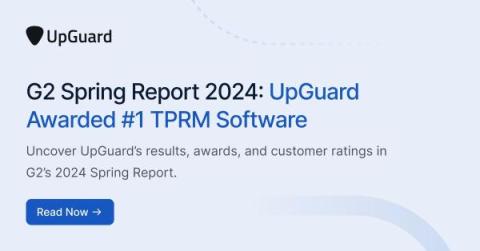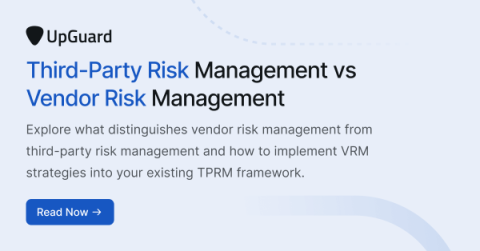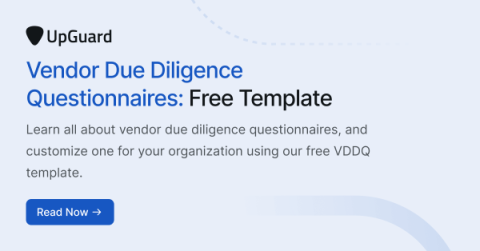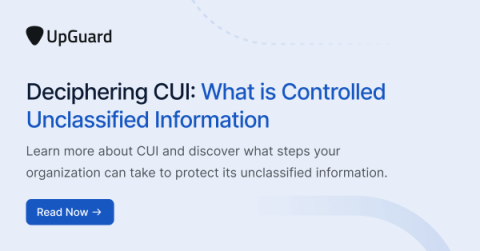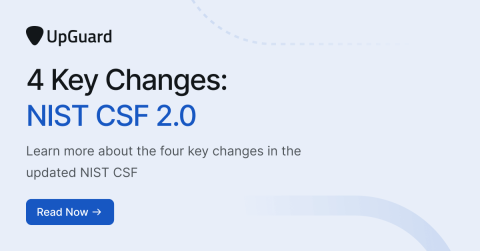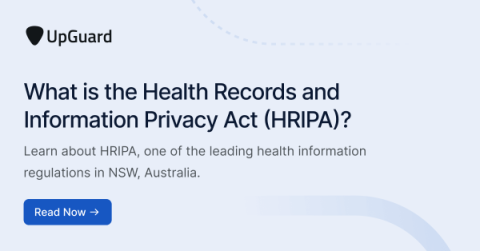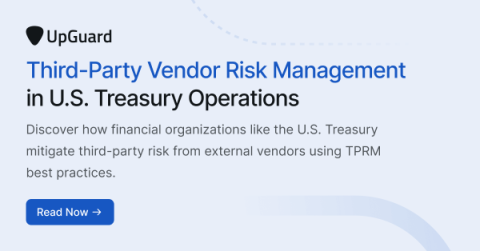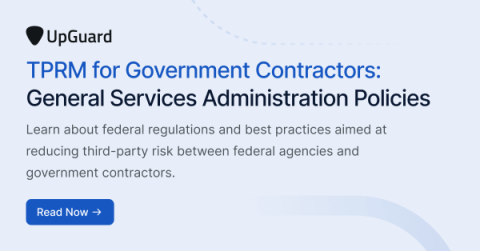G2 Spring Report 2024: UpGuard Awarded #1 TPRM Software
In the latest G2 Spring Report, UpGuard ranked as the leading third-party and supplier risk management solution. G2 also recognized UpGuard as a market leader in third-party risk management (TPRM) for the seventh consecutive quarter, reaffirming UpGuard’s continued excellence and commitment to providing world-class cybersecurity solutions to global mid-market and enterprise organizations.


